DPO Radio
Press and Blogs
All the latest news and interesting articles from AesirX and Partners
Press ReleaseJul 25, 2025 04 minute read
Press Release: AesirX Launch Lifetime CMP Deal on AppSumo – Privacy Compliance With 1-Click AI Auto-Blocking
AesirX launch exclusive lifetime deal on AppSumo to simplify consent management with built-in AI to reduce privacy risks for GDPR compliance.
Read morePOPULAR TOPICS
AesirX
Join the AesirX Partner Program
Become part of the AesirX global network and together we can deliver world-class technology solutions and lead the fight for data privacy.
Partner with AesirX




